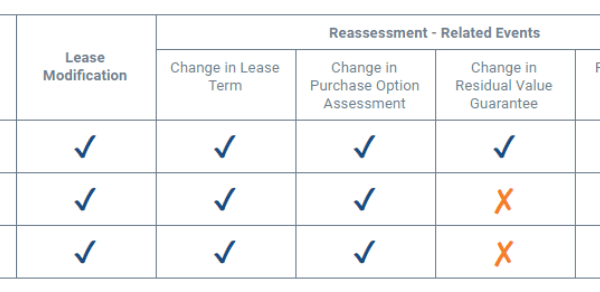Author: Buildout This post originally appeared on Buildout’s Blog and is republished with permission. Find out how to blog with us on theBrokerList.

Email newsletters and marketing campaigns are a great way to send out updates or announcements from your team, but there’s one inherent problem—new email subscribers will be forced to pick up in your email series where you are. In other words, they will miss all of the first newsletters—those from the “getting to know you” period, if you will. All they’ll ever see is what you send out after they’ve signed up for your mailing list.
Which isn’t necessarily a bad thing… but could it be better? Of course.
This is where a drip marketing campaign comes in. A drip marketing campaign goes by many other names—automated email campaign, marketing automation, lifecycle emails… the list goes on and on. But no matter what they’re called, the concept is the same. You create a series of marketing emails that are automatically sent on a set schedule. Typically, one email will go out as soon as someone signs up, then another goes out a few days later, and then another goes out possibly the next weekend.
Or, sometimes these series are referred to as behavioral emails—typically, because they follow the path of visitors’ behaviors, such as signing up for a specific service or making a purchase.
This type of email marketing can be especially effective, landing you a full 20% more sales opportunities. But why? Simply put, they are personalized, targeted, and timely—and, best of all, they are incredibly cost effective.
With this in mind, let’s take a look at 4 best practices when it comes to your CRE drip marketing campaigns.
Target your campaigns
The best drip campaigns are specific and targeted. Target your email campaigns so that they speak to each segment, and send them personalized and precise messaging. The more granular your target list segmentation, the more specific you can be in your messaging.
Design for your audience
To help avoid burnout, make it easy and intuitive for your prospects and leads to tell you their communication preferences—frequency of hearing from you, the type of content they would like to receive, how and when they would like to receive your content, and more. Respecting how your prospects like to communicate can go a long way toward converting new sales.
Test, test, and then test again
Utilize standard A/B testing to gauge your campaigns’ overall effectiveness—and continually check to see which aspects of your messaging prove to be the most effective. Go over specific and actionable campaign goals and KPIs, and keep an eye on specific metrics, such as email open rates, click-through rates, and bounce rates.
Utilize all of the tools in your toolbox
The right marketing automation software or tools will also provide you with segmentation tools, connectors to social media, thorough campaign analytics, and seamless integration with your CRM—making your drip email campaign even easier to implement.
Believe it or not, the average website conversion rate is painfully low—in fact, it’s an average of 3% across most industries. Automated drip email campaigns can be a great tool to help increase these rates—assuming that you’re going above the standard, run of the mill emails. With a little time, nurturing, urgency and personalization, drip marketing campaigns can be the perfect way to help you break through the noise, get your emails opened, and land new customers.
Request a demo to see first-hand how Buildout Grids can simplify commercial real estate underwriting at your brokerage.
For more updates like this, future coverage of tools in the CRE industry, and other brokerage insights, subscribe to our blog.



